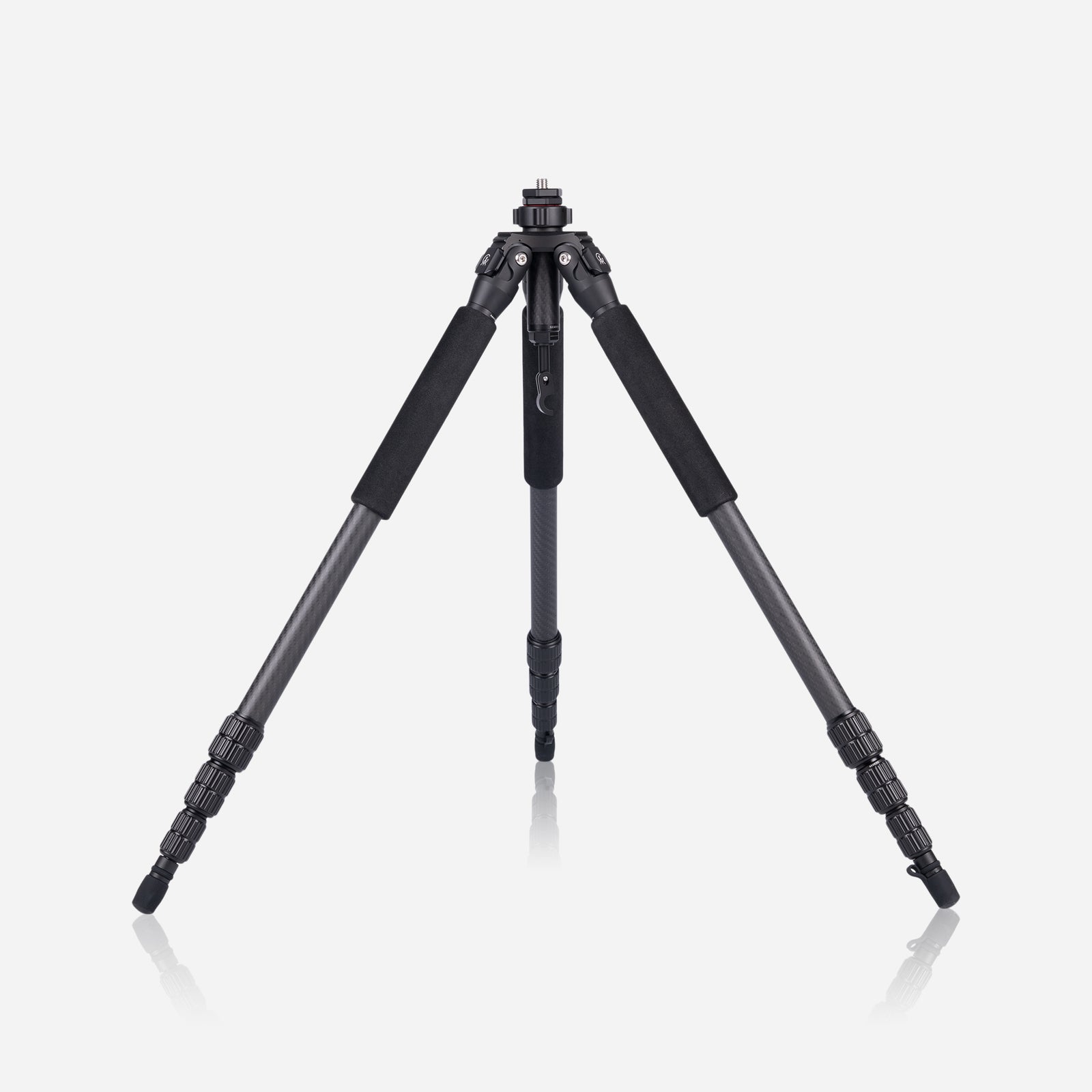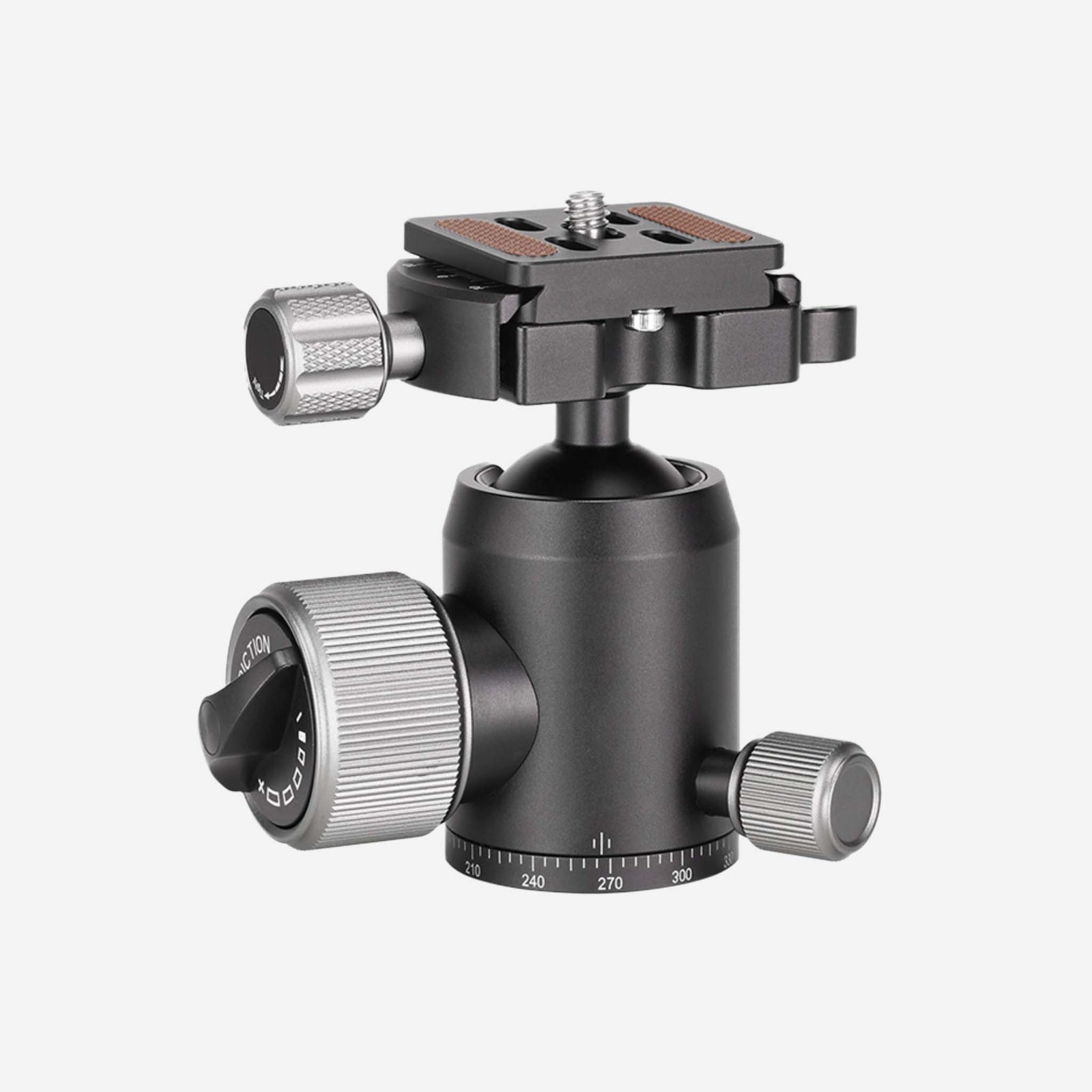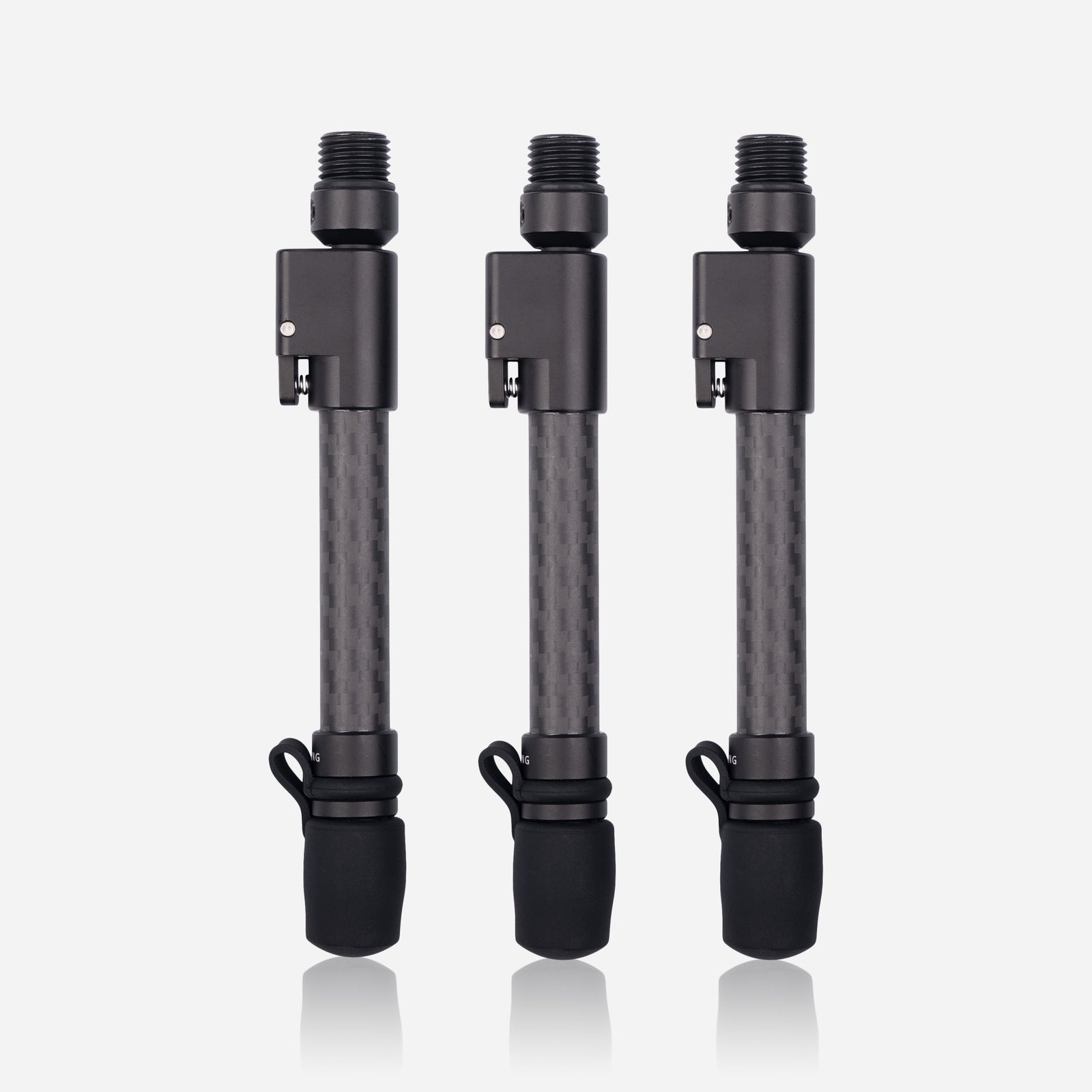Urbex - short for Urban Exploration - is a relatively new concept, believed to have been coined in 1996. With urbex, people generally enter abandoned buildings and locations, underground passages such as disused sewers, and derelict sites in search of a thrill and an escape from the world we live in. These places are often frozen in time, such as lunatic asylums from the 1800s and fairgrounds from the 1950s. From more modern times there are some very famous places to explore, such as the town of Fukushima in Japan, which was flooded and destroyed after the 2011 Tsunami which flooded the town's nuclear power plant. Now that the radiation has dissipated, the town has become an attraction to urbex photographers in particular. Partially destroyed supermarkets and schools have become spectator spots, where people can fall back in time.

There are several things to take into account when heading out for some urbex. Firstly, safety first. These buildings and locations are usually abandoned for a reason, meaning that they aren't necessarily the safest places to stand in. Make sure you do your research, there are online forums dedicated to urbex and they have information on locations all over the world. Oblivion State is a good place to start as it is updated daily and has a huge number of users. You should never head out on your own - these places are often remote and in a serious state of repair, leaving them vulnerable to collapse and you to injury. There really is safety in numbers. It is also important to bring your own lighting - head torches are a good choice, even in daylight.
You should also never force an entry, take anything or break anything inside an urbex area. Firstly, it's hugely disrespectful to the memory of the location - these places often hold a lot of traumatic history - and secondly, it can look pretty suspicious. Urbex is generally not all that legal as it often requires trespassing despite these places being abandoned, so it is important to be quiet, respectful and not draw attention to yourselves. Enjoy the surroundings that you find visually -don't take anything apart from photos.

Now for your equipment. Minimal packing is best and you want to be lightweight. The first essential is a wide angle lens - anything under 35mm. Next, you need to bring a tripod with you. You need stability, especially if you are wanting to take a long exposure shot (look out for our blog post on these coming next week) and you want it to be lightweight. The Gearing tripod will be the perfect companion to your urbex photography due to its minimal weight, maximum strength and unwavering stability. Gloves are a good idea - abandoned buildings are often full of rusty metal and broken glass - as well as a basic first aid kit. Better to be prepared than have to head back early, especially if you’ve travelled far.
Although urbex is more commonly associated with derelict and abandoned sites, urban exploration fits all types of urban photography. If entering potentially dangerous locations isn't for you, there is still a world of urban photography for you to explore. You can stay outside on the streets, photographing whatever captures your attention. Graffiti is a great example - it can convey a lot of different emotions depending on what it is - be it impactful words or street art. Any architecture of any style, as long as its in an urban setting, fits into this category. It is a great way of getting out and seeing a new city, or looking deeper into your own.

We hope you found this blogpost insightful into a new style of photography. Wherever you find yourself, safety is paramount. If it feels dangerous, then don’t enter. Bring a friend, do some prior research, and have fun!




